Top Tips for Training and Racing in the Heat
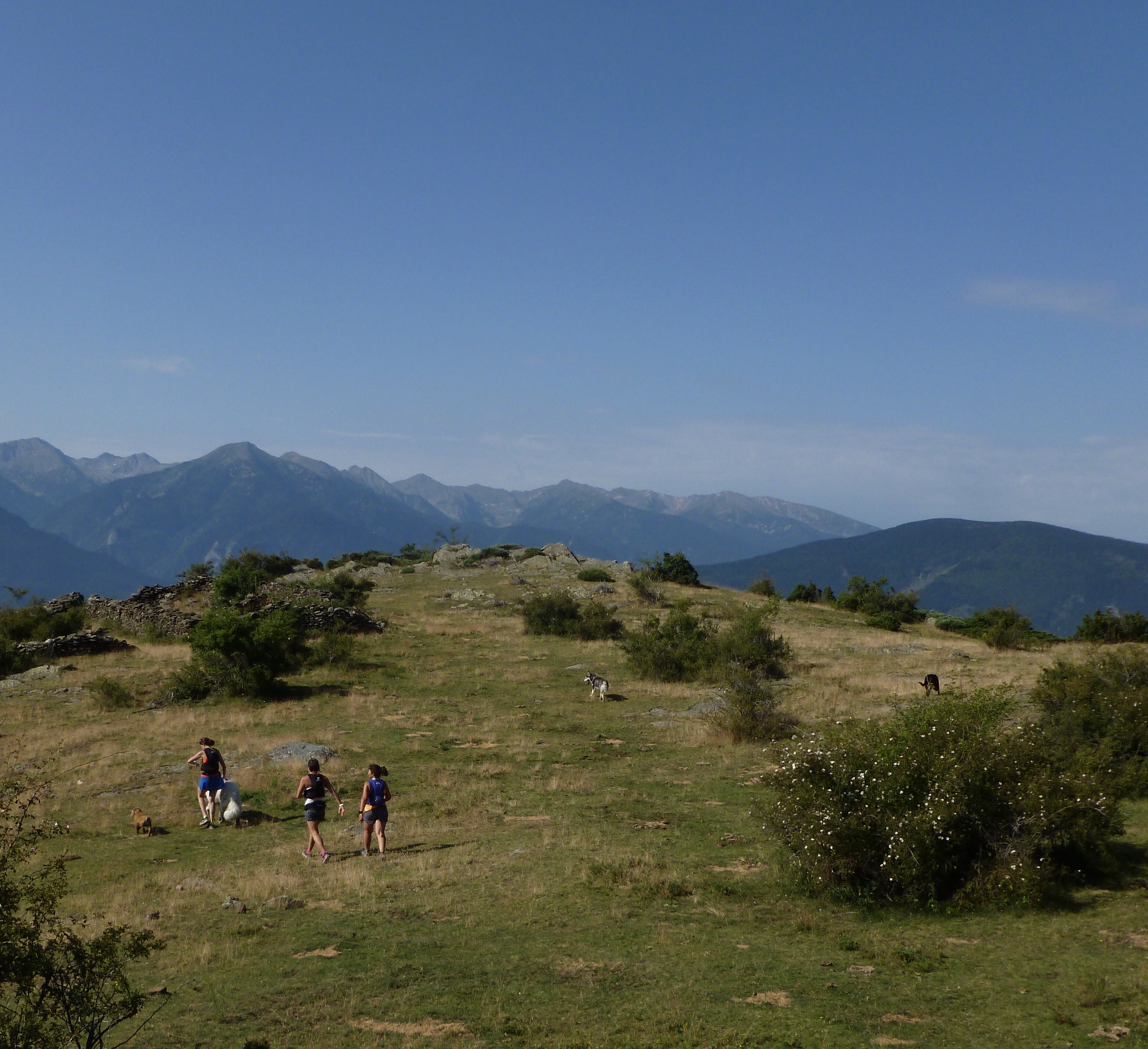
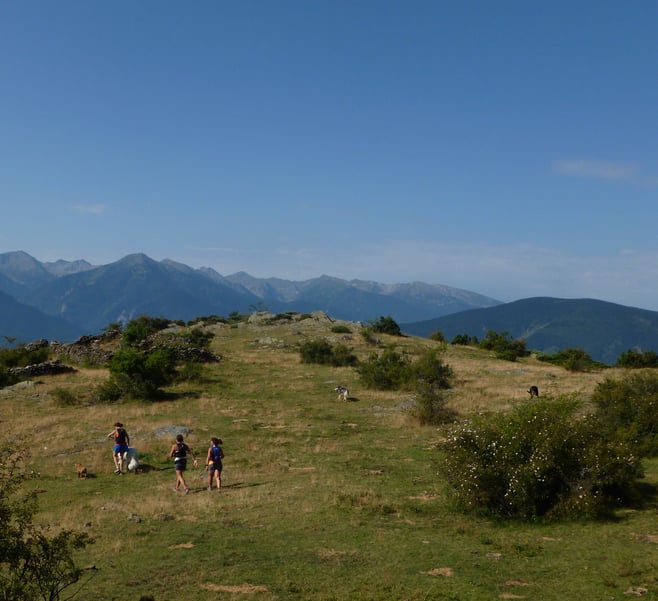
As the warmer weather approaches in the Northern Hemisphere I thought it would be a good time to write a blog about training and racing in the heat. Heat exhaustion and Heat Related Illnesses can be a serious threat to your health and hot environments when not well prepared can seriously affect performance. The good news is that following a few relatively simple steps can help improve both your performance and your safety when training and racing in hot conditions.
1) Acclimate
If you live in an area of the world where the weather gets very hot and you know you are going to have to train and/or race in the heat then following an acclimation process to higher temperatures will ensure you train safely and at your best when you need to.
It takes between 10 and 14 days for your body to acclimate to higher temperatures, so this can fit in well with a longer taper or some down time before the next build stage of your training programme (ie in a base/preparation phase of training). You simply need to do some easy relatively short duration training at the temperatures you are likely to be facing during the bulk of your training or for your race (between 60 and 90 minutes is the general recommendation).
As the body adapts you will begin producing more sweat, your blood volume will increase and your body will have to work less hard to maintain your core temperature. You will notice as you get used to the heat that your heart rate drops at given paces/power back to more 'normal levels' and you will be able to perform hard sessions with your usual recovery times. Until this change occurs be aware that you can easily overdo it so do:
a) Give yourself more recovery time
b) Slow the pace/reduce the power so that you are working at the same rate of perceived exertion you would expect for that given intensity.
If you choose to acclimate some time before the race you will need to re-acclimate nearer to your goal event, but this will take less time if you have already gone through the process relatively recently.
2) Drink plenty
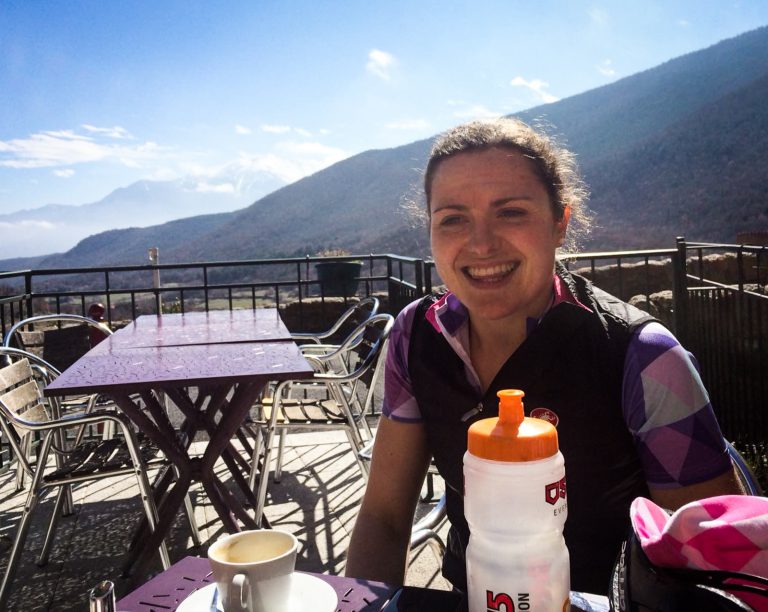
As you begin sweating more and your body maintains a higher blood volume you will need to drink more and also replace more salts, especially if you are a salty sweater. So be prepared to increase the amount of drink you need to carry on your sessions and in your race. I usually advise a good sports mix (hypertonic) for endurance athletes which ensures they are getting enough salts as well as liquid in, but if you prefer to drink water taking it with a gel or some food containing salt should be enough to avoid hyponatremia.
Dehydration can slow performance significantly so it's a false saving to rush through aid stations or try to save a bit of extra weight by skimping on the fluids you take with you. If you really want to save on weight making use of those aid stations or support crew can help you stay hydrated without the extra weight.
3) Use cooling techniques
If you are someone who really struggles in the heat, or the temperatures are very extreme, the following cooling techniques have been shown to be effective:
a) Intermittent dousing with cool water - some events have shower sprays that you can go through, or you can use natural streams and rivers if they are accessible, failing that carrying a container of plain water in addition to your sports mix means you can always choose to douse when needed. Cool rather than ice cold water on an intermittent basis has proven to be the most effective in studies.
b) Drinking/eating cold things - cold drinks, slushies and iced lollies/ice pops/ice cream are all great ways to get something cold inside which helps keep the core temperature a bit lower. They also provide an easy way to get in calories when you may be suffering some gastric distress due to your body having to contend with the heat.
c) Pre-cooling techniques have also been shown to be very effective; you may have seen pros wearing ice vests/iced towels at the start of races. If you can't access these staying in the shade or in an air-conditioned room can help.
d) Once you have finished your race/session, continuing to manage heat will help you recover and enjoy the post-race party, so continue with your dousing and eating cool things in your recovery period is a good idea, especially if you plan to train again soon after.
4) Protect yourself from the worst of the sun
Protecting your skin is a sensible approach to avoid skin cancer as well as sun burn, so if it's not covered in UV protective clothing, suncream will help protect you (cyclists be particularly aware of your jersey/short combo that there is not a gap where the jersey rides up - bib shorts avoid this but some women in particular prefer the convenience of shorts without a bib).
There are some decent brands of suncream now that are designed for sport which should withstand some sweating and not cause eye irritation as you sweat. Your lips, cheeks and ears can be particularly susceptible to burning so carrying a small flavourless strong suncream that you can reapply regularly as you go.
Just as important is protecting yourself from sun stroke by covering your head and neck with a hat/collar. Light coloured clothing generally reflects the sun away. Wearing sunglasses will also protect your eyes and some athletes have noted a cooling affect due to the darker view of the world.
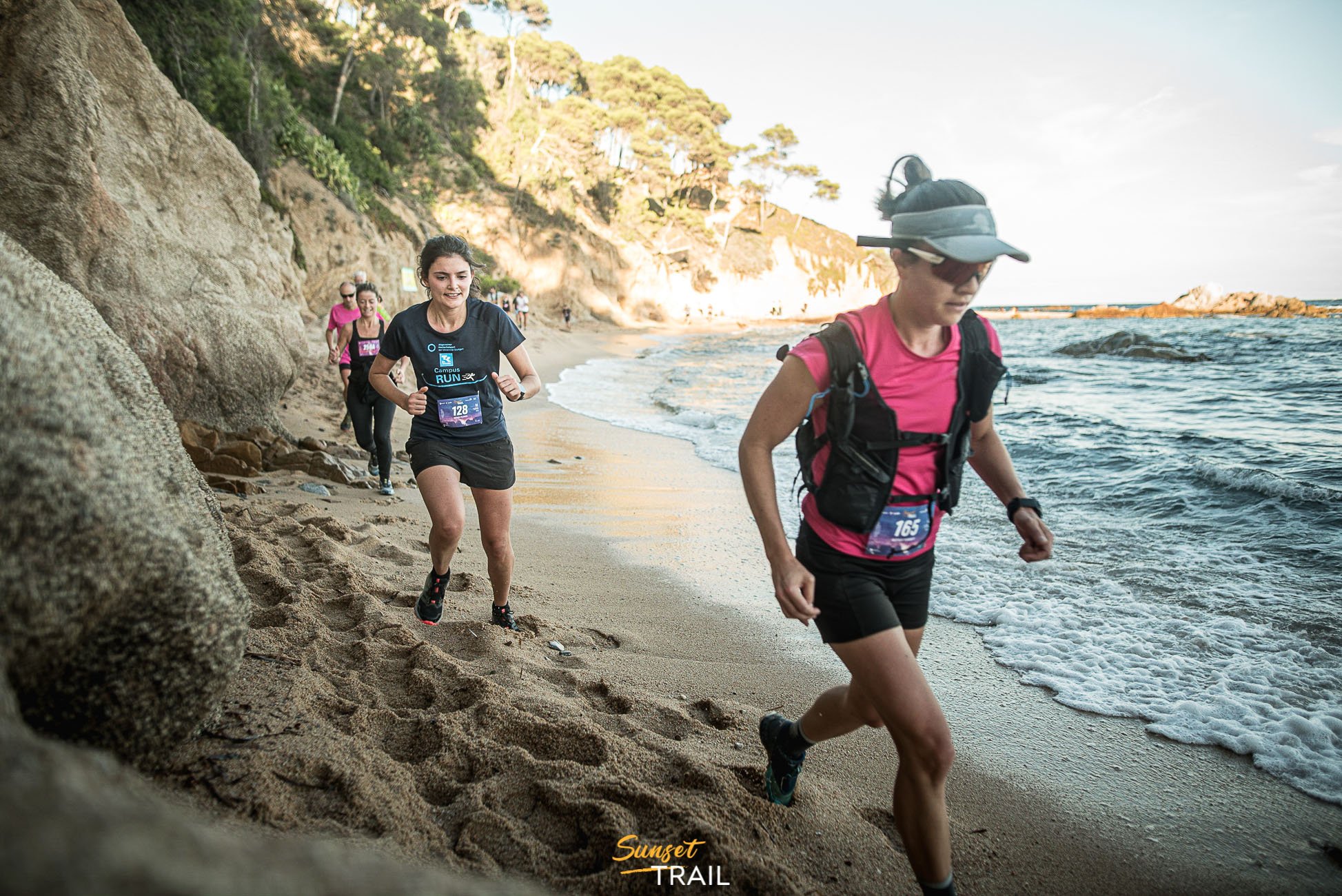
5) Adapt your race plan
My experience is that even with a good acclimation process there are some athletes who really suffer in the heat. If you are one of those athletes it would be wise to adapt your race plan or have a race plan b for a hot day if the temperature could swing either way. Good things to bear in mind would be:
Slowing your pace a little to avoid heat exhaustion.
Planning to make the most gains during the cooler sections of the race (at night for longer events, or early in the race for a race starting before the heat of the day.
Adapt your warm up (this is good advice for everyone) to make it shorter so you are not over-heated at the start.
Adapting your eating strategy - eating in the heat can be hard, you are more likely to suffer some gastric distress, foods can change texture and taste in the heat. You might want to consider high carbohydrate drinks instead of solid food so you can keep getting the energy in, or focussing your food/energy intake for the cooler parts of the race/front loading - eating while you still can in the early stages.
6) Avoid the heat
In some cases it may be better to simply avoid the heat altogether. If you are training where it is hot but are racing somewhere cooler, for example or if you have a specific medical condition or are on medication which means your body is less able to deal with the heat. In particular if you are training while pregnant, keeping you core temperature below 39 degrees celsius (102.2 degrees Fahrenheit) is important for the health of your baby.
In these circumstances, the simplest thing is to train in the cooler parts of the day or in a controlled air-conditioned environment.
7) Be aware of the signs of heat exhaustion
Even with good preparation and training, sometimes for whatever reason, the heat can become too much and the only safe thing to do is to stop and cool down. Some of the signs that you need to stop include:
- Feeling dizzy and weak
- Loss of postural control
- Feeling nauseous and/or vomiting
- Headache
- Confusion
- Unusually flushed appearance
- Cold clammy skin despite the heat
- Painful muscle contractions like cramp
- Hot skin but loss of sweating mechanism
Once you start to experience any of the above or other signs which suggest you may be suffering from some heat related illness seek medical advice and while waiting:-
- Go somewhere cool
- Increase air flow over your body with a fan or near a window
- Drink something isotonic
- Pour cool water over your body
Additional Questions.
What if I am racing somewhere hot but live somewhere cold?
There are several ways you can acclimate in these circumstances. By far the easiest if accessible is to spend some time in a sauna/steam room to acclimate. For most people this is a welcome aspect of training! However, you can also imitate training in the heat by
- Training indoors without a fan/air conditioning
- Wearing extra clothing when training
May 12, 2023
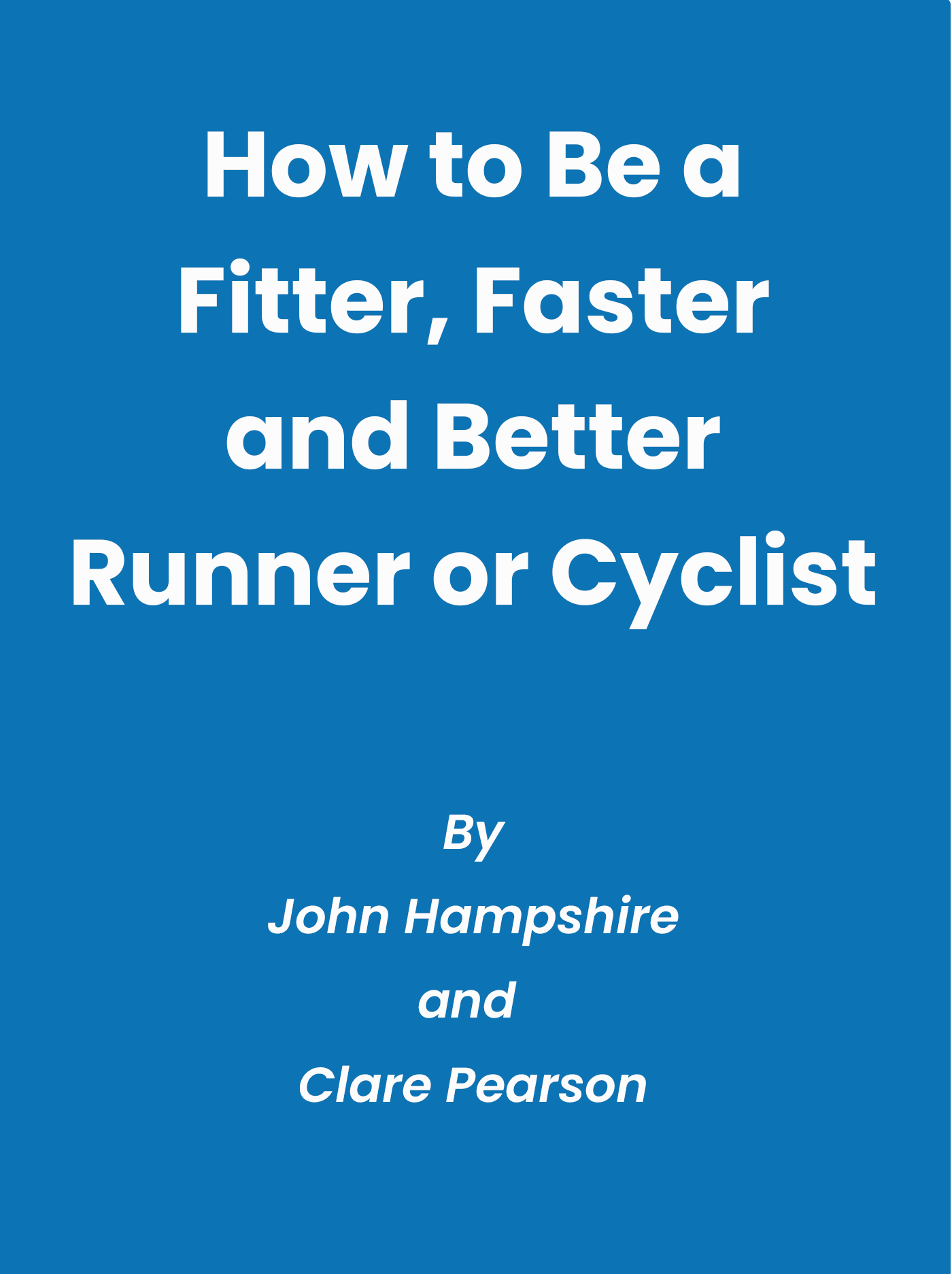
Comments